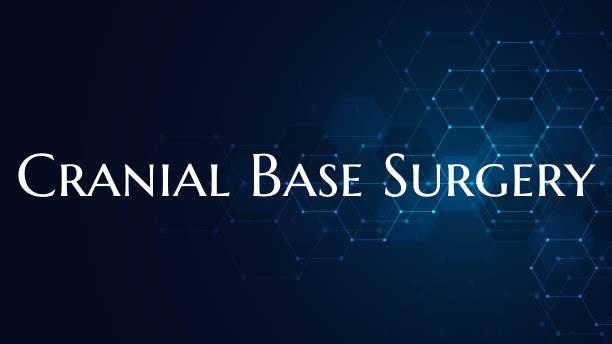
Cranial Base Surgery
Cranial Base Surgery: An Overview of this Complex Procedure
Cranial base surgery is a highly specialized surgical procedure that involves operating on the bones at the base of the skull. This delicate area of the skull supports the brain and is connected to various structures such as the spine, nerves, and blood vessels. Cranial base surgery is often necessary to treat a variety of conditions, including tumors, deformities, and injuries that affect this region.
One of the key challenges of cranial base surgery is the proximity of critical structures such as the brain, spinal cord, and major blood vessels. Surgeons performing cranial base surgery must have a thorough understanding of the anatomy of this region to avoid damaging these vital structures during the procedure.
There are several approaches to performing cranial base surgery, including open surgery and minimally invasive techniques. Advances in imaging technology, such as MRI and CT scans, have greatly improved the precision and safety of cranial base surgery by providing detailed images of the area before and during the procedure.
Patients undergoing cranial base surgery can expect a multidisciplinary approach to their care, involving neurosurgeons, otolaryngologists, and sometimes other specialists depending on the specific condition being treated. The goal of cranial base surgery is to effectively remove tumors, correct deformities, and alleviate compression on critical structures while minimizing the risk of complications.
Recovery from cranial base surgery can vary depending on the complexity of the procedure and the individual patient's health condition. Patients may experience temporary side effects such as headaches, dizziness, and changes in vision following surgery, but these usually improve as the healing process progresses.
In conclusion, cranial base surgery is a complex and specialized procedure that requires a skilled surgical team and careful planning to achieve successful outcomes. Advances in surgical techniques and technology continue to improve the safety and efficacy of cranial base surgery, offering hope for patients with challenging conditions affecting this critical area of the skull.